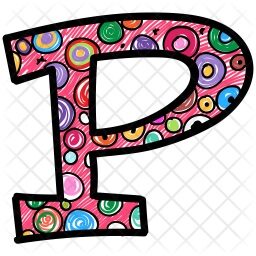Tkinter, while a standard part of Python, is often criticized for its default appearance. However, with a few techniques, you can significantly improve the look and feel of your Tkinter applications. See tips and tricks to make your Tkinter GUIs more visually appealing.
1. Using Themes
Tkinter’s default look can be bland. Using themes can drastically change the appearance of your widgets.
Using ttkthemes
The ttkthemes library provides a variety of modern-looking themes. Install it using pip:
pip install ttkthemesThen, use it in your Tkinter application:
import tkinter as tk
from tkinter import ttk
from ttkthemes import ThemedTk
root = ThemedTk(theme="clam") # Choose your theme (e.g., clam, arc, radiance)
root.title("Themed Tkinter App")
button = ttk.Button(root, text="Themed Button")
button.pack(pady=20)
root.mainloop()
Experiment with different themes to find one that suits your needs.
Using ttk Styles
You can customize the appearance of ttk widgets (the themed widgets) using styles.
import tkinter as tk
from tkinter import ttk
root = tk.Tk()
root.title("Styled Tkinter App")
style = ttk.Style()
style.configure("TButton", padding=10, font=('Arial', 12), background="#4CAF50", foreground="white") # Customize button appearance
button = ttk.Button(root, text="Styled Button")
button.pack(pady=20)
root.mainloop()
2. Consistent Padding and Spacing
Proper padding and spacing can make your GUI look more organized and professional.
- Use
padyandpadxwhen usingpack()to add space around widgets. - Use the
paddingoption when usinggrid()to add space inside widgets. - Use
borderwidthandreliefto add visual separation.
3. Using Frames
Frames are useful for grouping related widgets and organizing your layout.
import tkinter as tk
from tkinter import ttk
root = tk.Tk()
root.title("Frame Example")
frame = ttk.Frame(root, padding="20")
frame.pack()
label = ttk.Label(frame, text="Label in Frame")
label.pack(pady=10)
button = ttk.Button(frame, text="Button in Frame")
button.pack(pady=10)
root.mainloop()
4. Modern Fonts and Colors
Use modern fonts and color palettes to improve the visual appeal of your GUI.
- Choose clean and readable fonts like Arial, Calibri, or Segoe UI.
- Use a consistent color palette with complementary colors.
- Avoid using too many colors, which can make the GUI look cluttered.
5. Using Images and Icons
Adding images and icons can make your GUI more engaging.
import tkinter as tk
from tkinter import ttk
from PIL import ImageTk, Image
root = tk.Tk()
root.title("Image Example")
image = Image.open("your_image.png") # Replace with your image file
photo = ImageTk.PhotoImage(image)
label = ttk.Label(root, image=photo)
label.image = photo # Keep a reference!
label.pack()
root.mainloop()
Ensure you have the Pillow (PIL) library installed: pip install Pillow.
6. Consistent Layout
Choose a layout manager (pack, grid, or place) and use it consistently. Avoid mixing layout managers in complex layouts.
7. Custom Widget Styles
For more advanced customization, you can create custom widget styles using ttk.Style.
8. External Libraries
Consider external libraries that offer pre-built widgets or themes, such as:
customtkinter: Provides modern-looking widgets.Pygubu: A RAD tool that simplifies GUI design.
